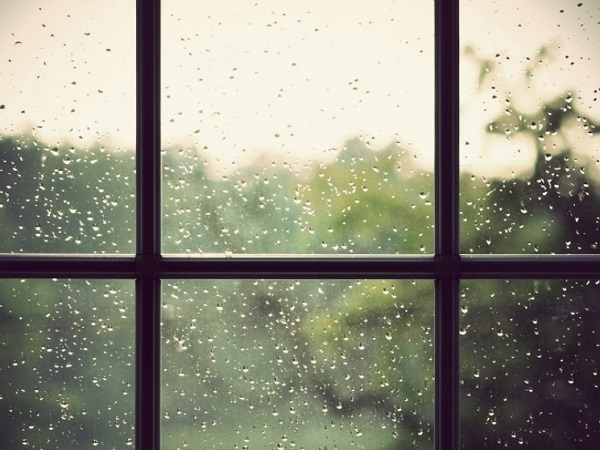During the rainy season it is very important to take care of wooden furniture. Experts say that the corners, lower and back parts of furniture should be cleaned at least once a month, especially during monsoon.
In the monsoon season it is very important to take care of wooden furniture. Experts say that the corners, lower and back parts of furniture should be cleaned at least once a month, especially during monsoon.

Vipul Amar and Harsheen Arora, the founders of ‘The Wee Renaissance’, Deepak Asar, visual merchandising manager at Rentomajo, have made these suggestions regarding furniture care.
1. Keep your wooden furniture away from doors, windows, so that it does not come in contact with rain water or leakage.
2. The polish of furniture also makes it strong, shiny and durable, so always apply a coat of lacquer (rogan) or varnish in two years, so that the knuckles or small holes are filled and it will last longer.
3. Lacquer spray can be easily used for small furniture, which is available in the nearest hardware store.
4. To prevent furniture leg from coming in contact with floor moisture, place a washer under the leg.
5. Keep the house clean, which will ensure the right level of humidity in the house, which is compatible with wooden furniture. Air conditioners can also prove to be helpful, as they prevent the increase in humidity level by keeping the air fresh in the house and keeping the house cool.
6. Do not use wet cloth to clean wooden furniture, but use clean, dry cloth.
7. Wooden furniture swells due to moisture during monsoon, which makes it difficult to open and close the drawer. This can be prevented by oiling or waxing the furniture. Try spray-on-wax for a great finish.
8. Avoid starting home repair or beautification work during monsoon. At this time the humidity level is high. In such a situation, painting or polishing will not give good results and this can spoil your wooden furniture.
9. Kapoor or naphthalene balls absorb moisture well. They protect the wardrobe from clothes as well as termites and other bugs. Neem leaves and cloves can also be used for this work.